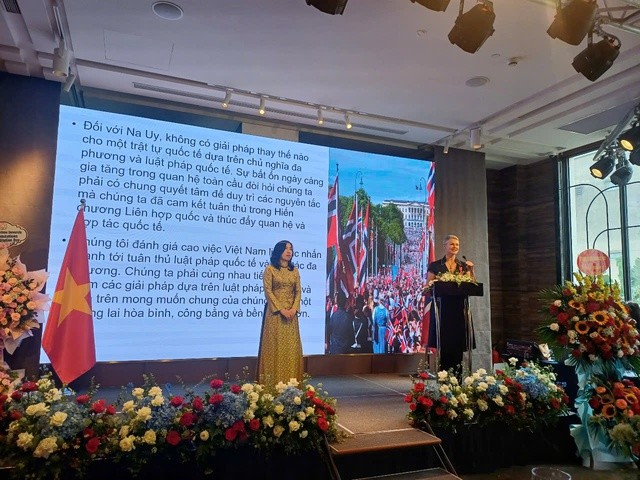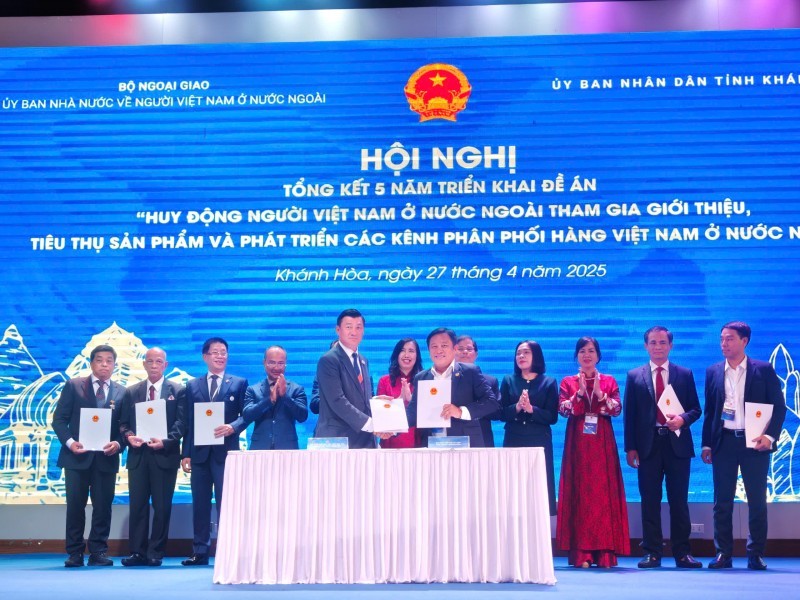Big Step for Vietnamese Agricultural Products towards Huge International Market
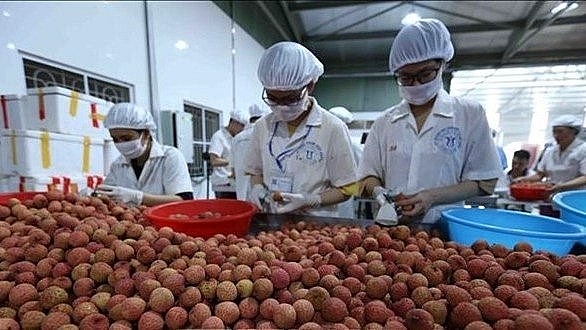 |
| Litchi classification for export (Photo: VNA) |
First litchi fruits of northern Hai Duong and Bac Giang provinces have been shipped by sea to the US to be sold at Safeway and Albersons - two supermarket chains with the largest network on the West Coast of the US.
This is a result of the efforts by the Vietnamese Consulate General in San Francisco in bringing Vietnamese products to foreign distribution systems that started from early this year.
According to the Asia-America Market Department under the Ministry of Industry and Trade, this is a giant step forward in promoting the sale of Vietnamese fruits in general and litchi in particular in the US market, as the majority of Vietnamese fruits have been sold in only small markets and super markets to serve Asian consumers.
A representative from US Dragonberry Produce, the distributor of Vietnamese litchi in the US, said that two other containers of litchi are also on their way to the US. The fruit will continue to be sold in the two supermarket chains with a price tag of 4.99 USD for each bag of 430 grams.
The representative said that the firm has taken steps to introduce the fruit to local partners and consumers.
It piloted the marketing of Vietnamese litchi in early May during the San Francisco trade, investment and tourism promotion conference which was attended by Prime Minister Pham Minh Chinh. The company then imported litchi by air to sell in Los Angeles supermarkets, reported the Nhandan.
The high air transport cost made Vietnamese litchi less competitive in the market. This is the reason why the export of litchi to the US has been modest while the fruit has been accepted in the market since 2014.
Therefore, Dragonberry decided to transport litchi by sea and succeeded, which is expected to strongly increase the export of Vietnamese litchi to the US in the time to come.
How Vietnamese rice can conquer UK market
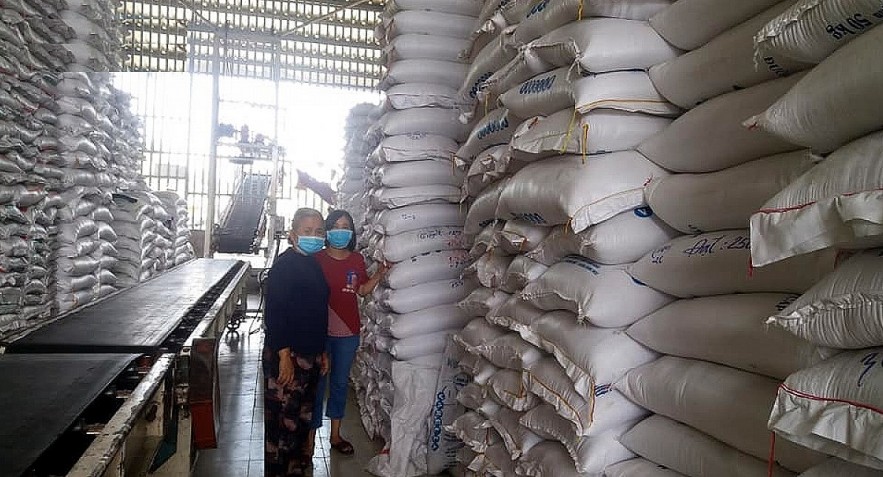 |
Recent times have seen Vietnamese rice products continuously dominate many markets, including ASEAN and the EU, due to their unique advantages in terms of quality and price, along with incentives from various Free Trade Agreements (FTAs) that have contributed to creating a high level of competition, according to the VOV.
However, for the UK market, Vietnamese rice has not yet captured a significant market share, although both nations have made commitments as a means of cutting tariffs under the terms of the UK-Vietnam Free Trade Agreement (UKVFTA).
Market potential yet to be fully exploited
It can be said that the UKVFTA has opened up an array of fresh opportunities for Vietnamese rice, although British rice imports from 2021 highlight that Vietnamese rice products have not yet fully exploited the market potential that exists.
Last year, the rice volume exported from the country to the UK stood at 2,731 tonnes, much lower than the demand of 651,803 tonnes of British importers and the ability of Vietnamese exporters.
The assessment made by the Ministry of Industry and Trade also indicates that the majority of Vietnamese rice sold within the UK is primarily with the distributors’ brand, as opposed to bearing the brands of manufacturers, rice growing regions, or exporters. Therefore, the nation’s brad is not known widely among local consumers.
The main reason behind this is that Vietnamese exporters have not made their own brands, or alternatively local distributors think that their own brands are more effective in marketing than the brands of Vietnamese exporters.
Regarding the UK market's potential for Vietnamese rice products, Nguyen Canh Cuong, counselor of the Vietnamese Trade Office in the UK, said that the country is currently ranked 15th among rice exporters to the UK, with its market share standing at only 0.42%.
There is room to boost Vietnamese rice in the UK through the Overseas Vietnamese community of 100,000 people, as well as favourable tariff quotas given by the UKVFTA.
Like other markets in Europe, the UK imposes many strict barriers on food safety, as well as environmental protection for imported products, especially food products.
Due to these barriers, in order to turn rice export potential into reality, the global standard of good agricultural practice (Global G.A.P) must be fully applied by rice growers and rice exporters, while simultaneously boosting the production of high quality fragrant rice.
Competent agencies and localities that boast large rice-growing areas must implement a programme to support farmers in terms of rice varieties, safe agricultural materials, milling, and preserving rice before exporting, Cuong recommended.
Clearer brand strategy needed
Before the UKVFTA took effect, many Vietnamese goods entering the UK market were subject to extremely high taxes. Therefore, the tax reduction set out under the UKVFTA’s commitment is widely viewed as a great opportunity for many strong Vietnamese products such as agricultural and aquatic products, fruits, coffee, rice, garments and textiles, and furniture to increase their competitiveness in this highly lucrative market.
Specifically, in terms of trade in goods, the UK pledged to eliminate 85.6% of the tariff lines for Vietnamese goods as soon as the agreement came into effect from January 1, 2021, with this rising to up to 99.2% of tariff lines from January 1, 2027. In addition, 0.8% of the remaining tariff lines will enjoy a tariff quota with an import tax within the quota of 0%.
Most notably, under this agreement, fragrant rice imported from the nation will be exempt from tax instead of being subject to 17.4% as it was before. This makes Vietnamese rice more competitive than other countries exporting fragrant rice to the UK.
In order to create a bigger market breakthrough and strengthen the sustainable position of Vietnamese rice within the UK market, as well as other major markets, the Vietnamese rice industry needs to come up with a clear brand strategy tailored to each individual market.
The national brand programme needs to select a number of high-quality rice varieties that have a large output and then name them in a way that is simple, easy to pronounce, and associated with the place where the rice is grown.
According to Hoang Le Hang, first secretary of the Vietnam Trade Office in the UK, although there is no consistent concept of good rice in the UK, there are some common standards, such as the length of a rice grain of 7mm or more. Along with this, when cooked into rice, it must be flexible, soft, non-sticky and fragrant. In addition, the rice must be clean and free of chemical residues or preservatives.
 | PM Chaired a Meeting to Discuss Economic Governance Following Global Interest Rate Hikes Prime Minister Pham Minh Chinh chaired a meeting attended by ministries and sectors on July 28 to discuss short- and long-term measures for keeping inflation ... |
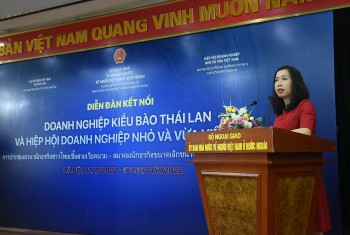 | Thai Expatriates Want to Import Vietnamese Agricultural Products Many overseas Vietnamese corporations in Thailand aspire to import traditional Vietnamese agricultural products and collaborate with companies in the fields of technology, electronic equipment, clean ... |
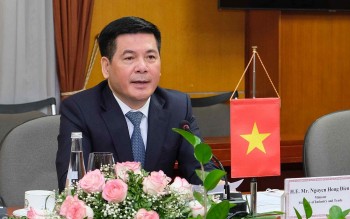 | Vietnam, EU Share View On Importance Of Sustainable Supply Chain, Food Security Minister of Industry and Trade Nguyen Hong Dien and EU Commissioner for Agriculture Janusz Wojciechowski have affirmed the need to step up economic and trade ... |
Recommended
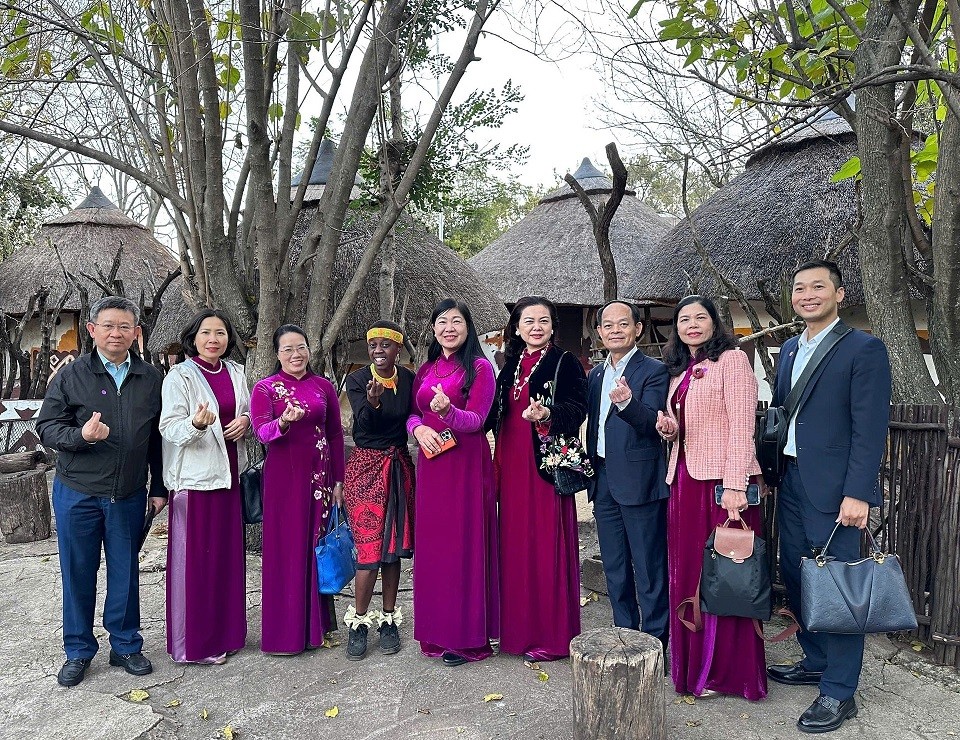 Viet's Home
Viet's Home
Hanoi, South Africa Strengthens People-to-people Exchanges, Expands Multi-sector Cooperation
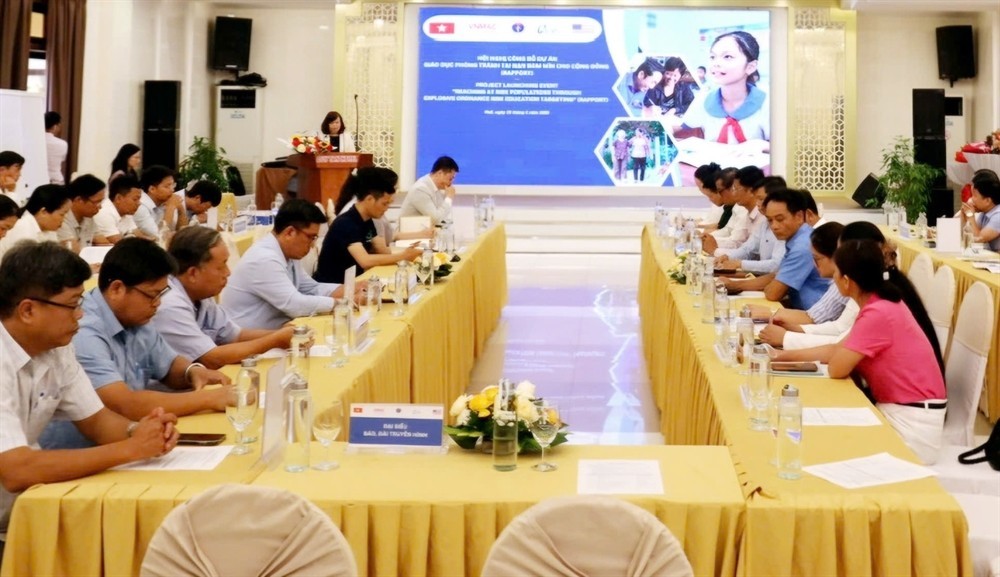 Viet's Home
Viet's Home
Hue City to Raise Awareness on Mine Accident Prevention
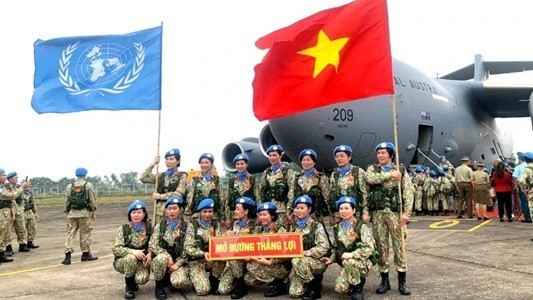 Focus
Focus
Vietnam Leaves Imprints on the World Peacekeeping Map
 Viet's Home
Viet's Home
“Global Vietnamese Singing 2025” - Connecting Hearts Longing for Homeland
 Viet's Home
Viet's Home
Vietnam’s People's Public Security Force Actively Contributes to UN Peacekeeping Operations
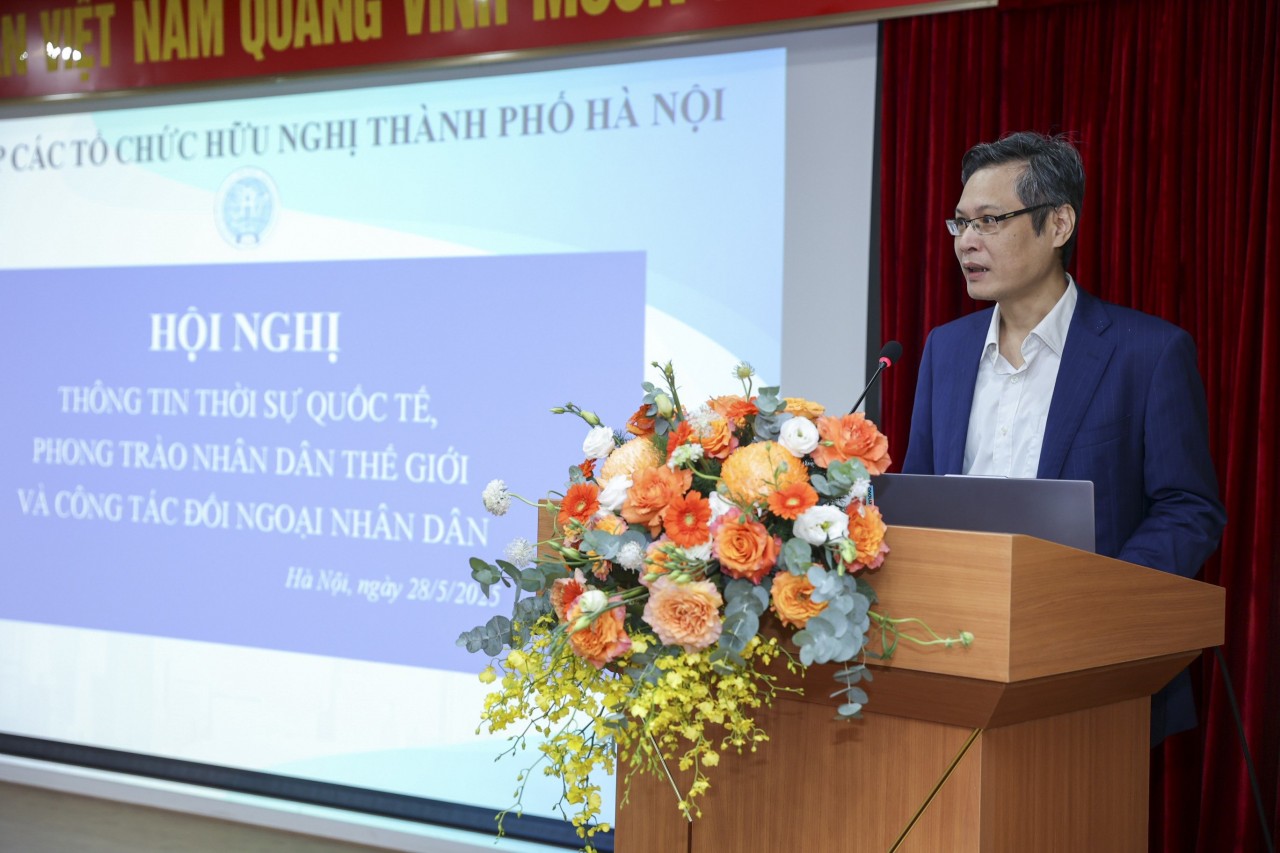 Viet's Home
Viet's Home
HAUFO Enhances Competence of People-to-People Diplomacy Personnel
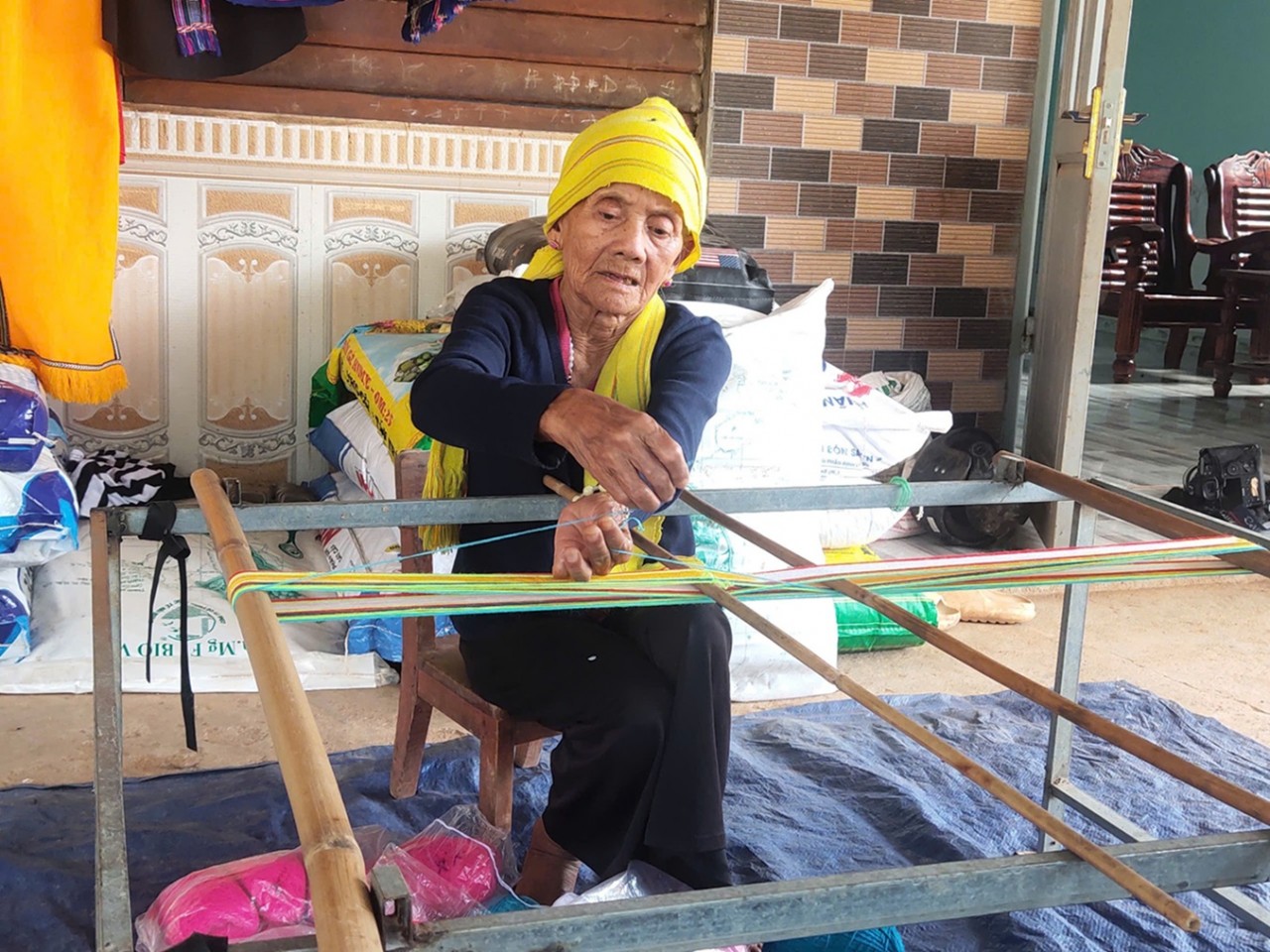 Viet's Home
Viet's Home
Hands that Reserve Da Long Brocade Craft
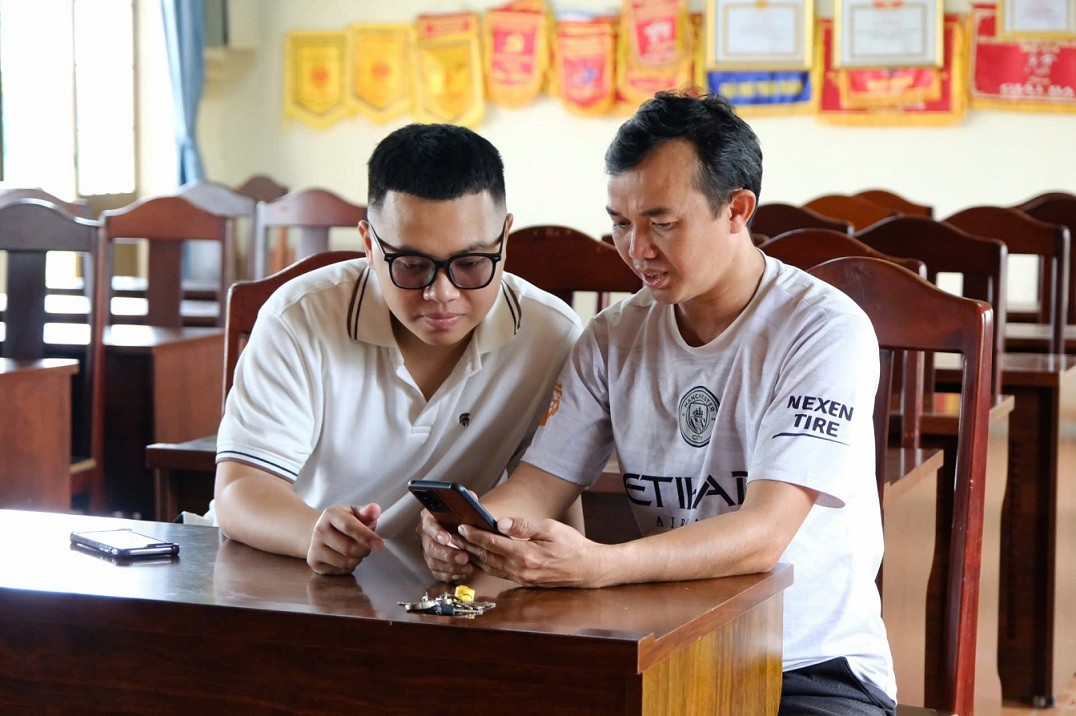 Viet's Home
Viet's Home

